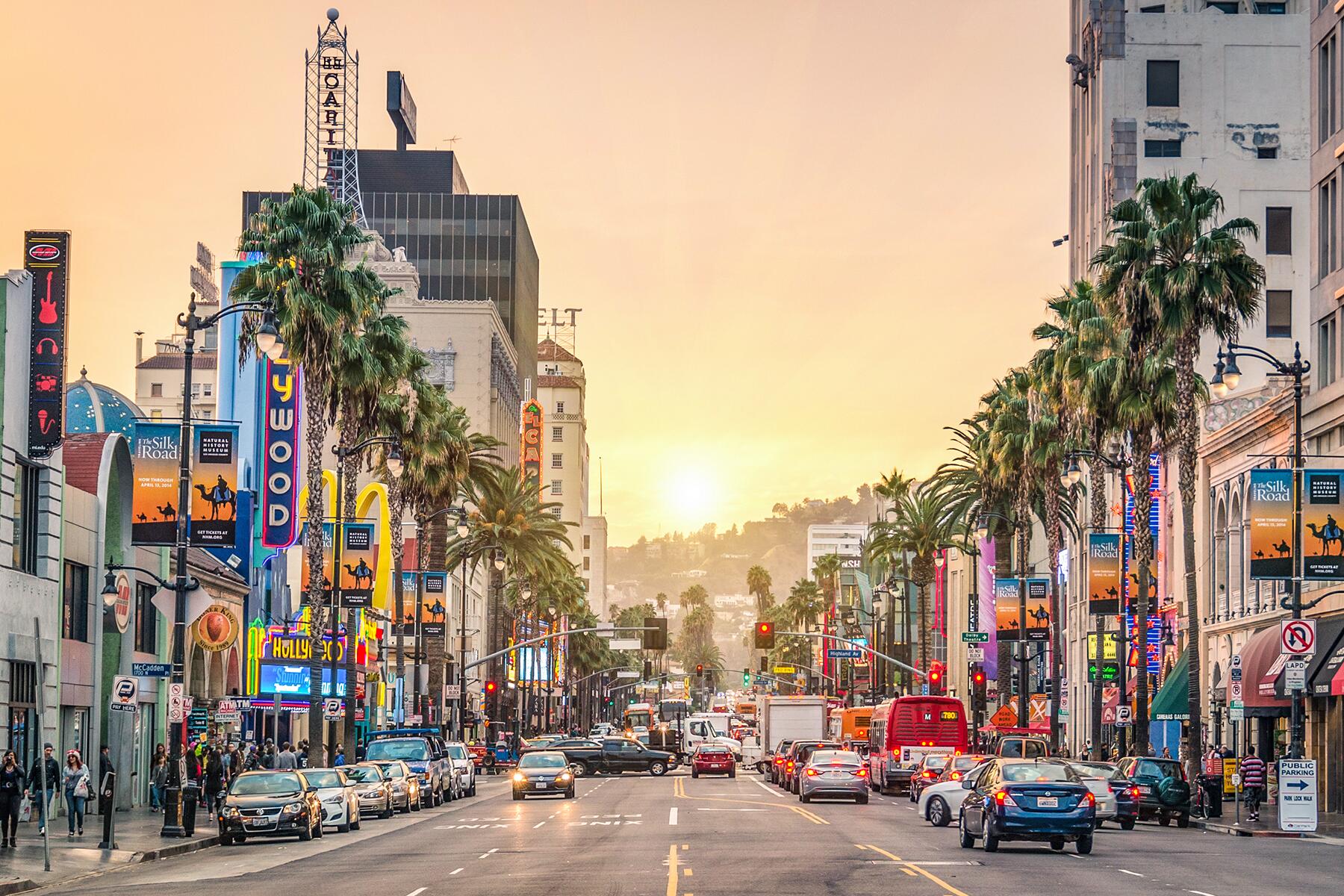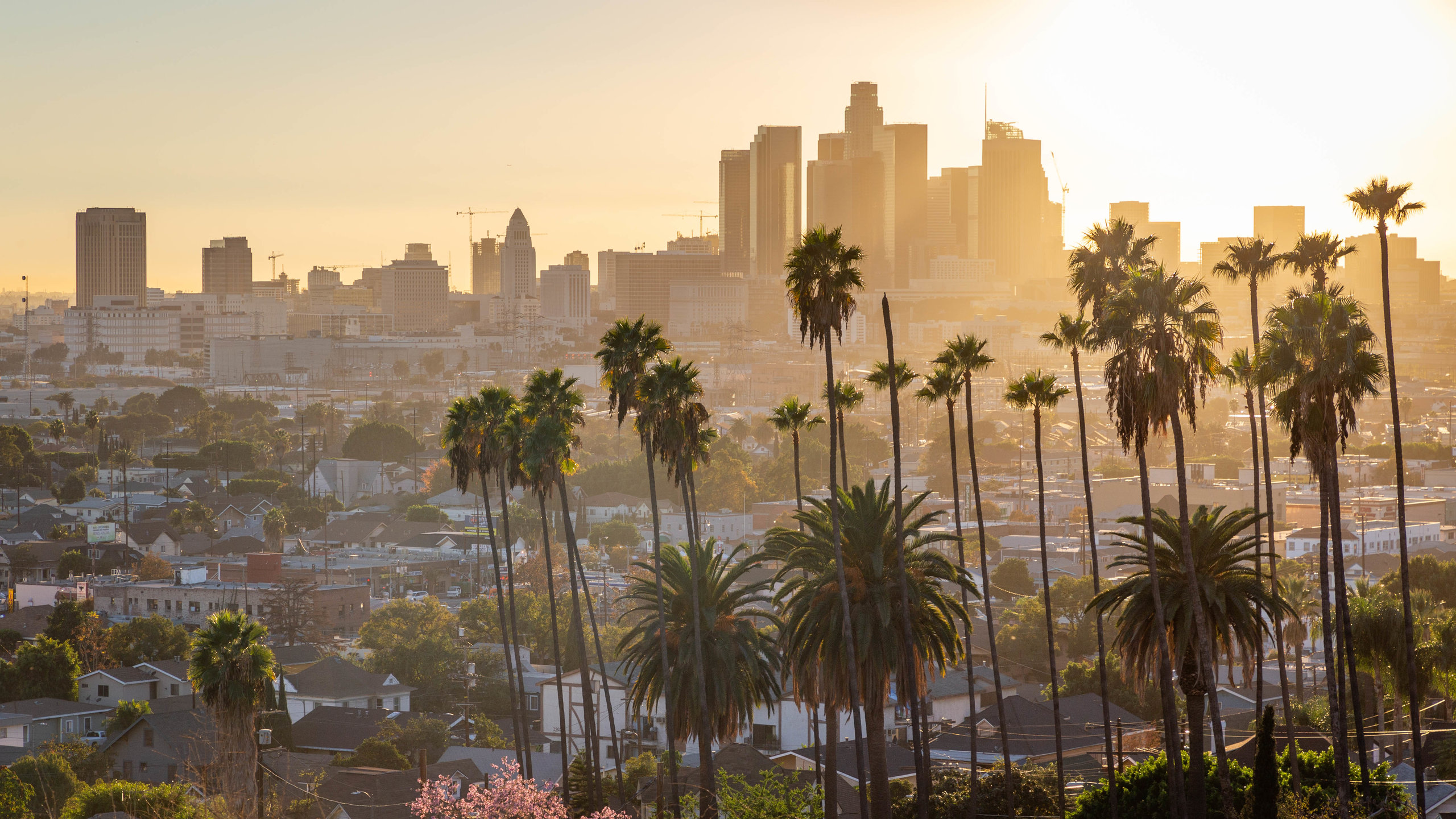
The Shadowed Glamour: Unearthing the Legends of Los Angeles
Los Angeles. The very name conjures images of sun-drenched beaches, star-studded boulevards, and the relentless pursuit of the American Dream. It is a city built on aspiration, a sprawling metropolis that has long served as a crucible for innovation, celebrity, and cultural shifts. Yet, beneath the veneer of Hollywood glamour and technological advancement, Los Angeles is also a city steeped in a rich tapestry of legends – tales that intertwine historical events with the supernatural, celebrity tragedy with enduring mystery, and ancient spirits with modern anxieties. These are not merely quaint folktales; they are the whispers of a city that lives as much in its shadows as in its blinding light, revealing the profound human need to make sense of the inexplicable, to find meaning in the mundane, and to imbue the landscape with a soul.
While other regions of America boast ancient myths of pioneering heroes or cryptids lurking in primeval forests, Los Angeles, a relatively young city in the grand scheme, has forged its own distinct legendary landscape. Its legends are often a reflection of its unique identity: a magnet for dreamers and schemers, a backdrop for both dazzling success and devastating failure, and a melting pot of cultures that bring their own stories to weave into the city’s fabric. From the spectral echoes of silent film stars to unexplained phenomena in its skies, and from the tragic figures of true crime to the enduring spirits of its indigenous peoples, the legends of Los Angeles offer a compelling, often chilling, counter-narrative to its polished public image.
Hollywood’s Spectral Spotlight: Ghosts of the Golden Age

Perhaps nowhere are Los Angeles’s legends more concentrated and vivid than in Hollywood, the very heart of the dream-making machine. The studios, hotels, and grand estates that once housed the titans of the silver screen are now said to be home to their enduring spirits, forever bound to the places where their lives – and often their deaths – played out.
One of the most enduring spectral presences is that of Marilyn Monroe. Her tragic death in 1962, shrouded in conspiracy theories, solidified her status as an eternal icon. Her ghost is reportedly seen at the Hollywood Roosevelt Hotel, a historic landmark where she lived for two years early in her career. Guests and staff claim to have seen her reflection in a full-length mirror, or felt her presence in her favorite suite. "There’s a palpable energy here," a long-time hotel employee once remarked, "especially late at night. You can feel the history, and sometimes, you feel the people who made it." The Roosevelt, in fact, is a veritable hotbed of paranormal activity, with other reported sightings including the ghost of actor Montgomery Clift, who reportedly plays the trombone in his old room.
Another spectral resident of Hollywood is Rudolph Valentino, the enigmatic "Latin Lover" of the silent film era. His premature death in 1926 caused widespread hysteria, and his spirit is said to haunt the Hollywood Forever Cemetery, where he is interred. Visitors often report seeing a dark, shadowy figure near his crypt, sometimes accompanied by a woman in black who allegedly visits his grave annually. Legend also places Valentino’s ghost at the Beverly Wilshire Hotel and his former Falcon Lair estate, where he continues to seek the tranquility he rarely found in life.
Beyond individual celebrity specters, some locations are so saturated with dark history that they become legends themselves. The Cecil Hotel in Downtown Los Angeles stands as a chilling testament to this. A notorious site of suicides, murders, and mysterious deaths, the Cecil’s reputation for the macabre reached global infamy with the 2013 disappearance and subsequent death of Elisa Lam, whose body was found in the hotel’s rooftop water tank under baffling circumstances. The hotel has also housed serial killers like Richard Ramirez, the "Night Stalker," and Jack Unterweger. Its corridors and rooms are steeped in a palpable sense of dread, attracting urban explorers and paranormal investigators who report disembodied voices, flickering lights, and an overwhelming feeling of unease. The Cecil is more than a haunted building; it is a repository of the city’s darkest underbelly, a place where the veil between the living and the dead seems alarmingly thin.
And then there’s the enduring legend of The Black Dahlia, Elizabeth Short, whose brutal, unsolved murder in 1947 remains one of Hollywood’s most grisly and captivating mysteries. While not a ghost story in the traditional sense, the legend of the Black Dahlia is woven into the city’s fabric, a cautionary tale of innocence lost in the pursuit of fame. Her ghost is not so much seen as her story is felt – a chilling reminder of the dangers lurking beneath the city’s glittering surface, inspiring countless books, films, and urban myths about her final days and the identity of her killer.
Beyond the Velvet Rope: UFOs and Unexplained Phenomena
Los Angeles, a hub of aerospace innovation and a city perpetually gazing towards the future, also has a surprisingly rich history of UFO sightings and unexplained aerial phenomena. The most famous incident, known as the "Battle of Los Angeles," occurred on February 25, 1942, just months after the attack on Pearl Harbor. In the early morning hours, an unidentified object (or objects) triggered an air raid alert, leading to a massive anti-aircraft barrage across the city. Thousands of rounds were fired into the sky, yet no enemy planes were ever confirmed shot down, and the official explanation remained vague. Eyewitnesses, including military personnel, described a large, silent object illuminated by searchlights, seemingly impervious to the onslaught. For many, this event remains a foundational piece of UFO lore, a moment when the city collectively confronted an unknown presence in its skies.
Decades later, areas like Griffith Park continue to be hotspots for strange occurrences. Hikers and park rangers have reported unexplained lights, disembodied voices, and even sightings of a spectral "Dark Watcher" figure, a tall, cloaked entity said to observe from the hills – a legend more commonly associated with the Santa Lucia Mountains, but which finds echoes in the vast, wild spaces of LA’s largest park. The park, with its iconic observatory and sprawling, often desolate trails, seems to be a natural magnet for the mysterious, a place where the urban sprawl gives way to ancient, unsettling energies.

Echoes from the Ancient Earth: Native American Lore
Long before Hollywood’s neon glow, Los Angeles was the ancestral land of the Tongva people, who thrived in the region for thousands of years. Their legends, though often overshadowed by more recent narratives, are the deepest roots of the city’s mythical landscape. The Tongva, along with other indigenous groups like the Chumash and Tataviam, held a profound spiritual connection to the land, its animals, and its natural features. Their creation stories, tales of Coyote the trickster, and legends of powerful animal spirits like the bear and the eagle, speak of a world where the sacred and the mundane were intertwined.
While specific Tongva ghost stories might not circulate in mainstream Angelenos’ consciousness, their presence is felt in the enduring respect some hold for the land itself. The whispers of ancient rituals, the memory of sacred sites now buried under concrete, and the lingering sense of the Tongva’s spiritual stewardship over this bountiful yet volatile landscape contribute to a different kind of legend – one of continuity, resilience, and the quiet power of a history that refuses to be entirely erased. A Tongva elder once said, "The land remembers. Even if the buildings are new, the spirit of this place, the stories of our ancestors, are still here, beneath your feet." This sentiment captures a crucial dimension of LA’s legends, reminding us that the city’s modern myths are built upon a much older, deeper foundation.
The Freeway Phantom and Urban Folklore
As a sprawling, diverse metropolis, Los Angeles is also a fertile ground for contemporary urban legends, those modern folktales that reflect societal fears, cultural anxieties, and the sheer strangeness of city life. The legend of La Llorona, "The Weeping Woman," is a powerful example, brought to Los Angeles by its vast Mexican and Latin American population. This spectral figure, often seen near bodies of water, is said to be the ghost of a woman who drowned her children in a fit of despair or rage, and now eternally weeps while searching for them. Her haunting cries are a potent cautionary tale, particularly for children, and her legend adapts to new settings, finding its eerie presence in the arroyos and canals of Los Angeles.
Other urban myths abound: stories of phantom hitchhikers on lonely stretches of highway, mysterious tunnels beneath the city leading to forgotten societies, and the "Freeway Phantom" – a spectral car that appears out of nowhere on the 101 or the 405, only to vanish without a trace. These legends, often shared through word-of-mouth or online forums, speak to the alienating vastness of the city, the anonymity of its infrastructure, and the underlying sense of vulnerability that can accompany life in a mega-city. They are the modern campfire stories, reflecting the hopes and fears of a new generation of Angelenos.
The Enduring Allure of the Myth
The legends of Los Angeles, whether they involve the restless spirits of movie stars, the enigmatic objects in its skies, the ancient wisdom of its first inhabitants, or the chilling tales of urban woe, are more than mere curiosities. They are an intrinsic part of the city’s identity, providing a rich, often unsettling, counterpoint to its glossy image. They offer a glimpse into the collective psyche of a city constantly reinventing itself, a city where dreams are pursued with fervor, and where the line between reality and illusion often blurs.
These stories persist because they tap into universal human experiences: the fear of death, the longing for connection, the search for meaning in chaos, and the enduring power of the unknown. They remind us that even in the most modern and seemingly rational of environments, there remains a deep-seated need for magic, for mystery, and for the stories that give shape to our fears and aspirations. Los Angeles, the city of angels and demons, of stardust and shadows, continues to be a vibrant canvas for these timeless narratives, ensuring that its legends will be whispered, debated, and retold for generations to come, forever enriching the enigmatic soul of this unparalleled American metropolis.


